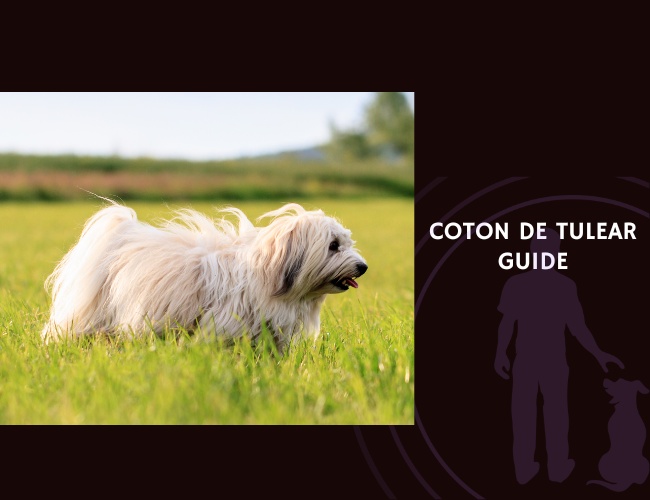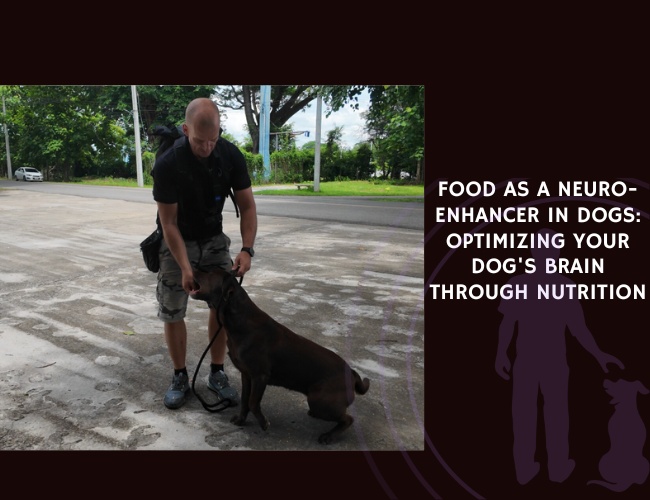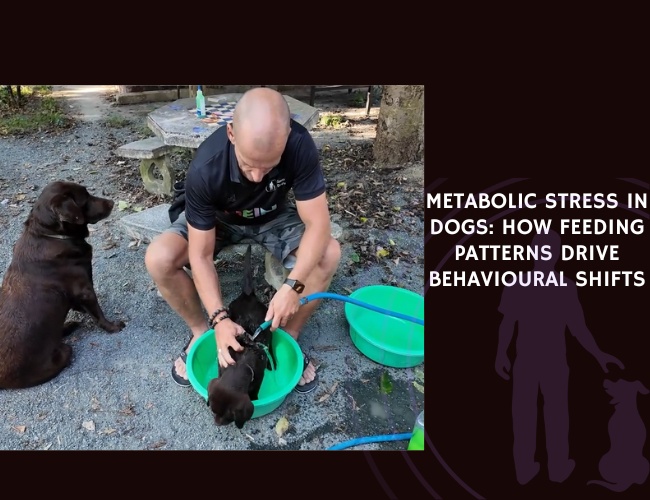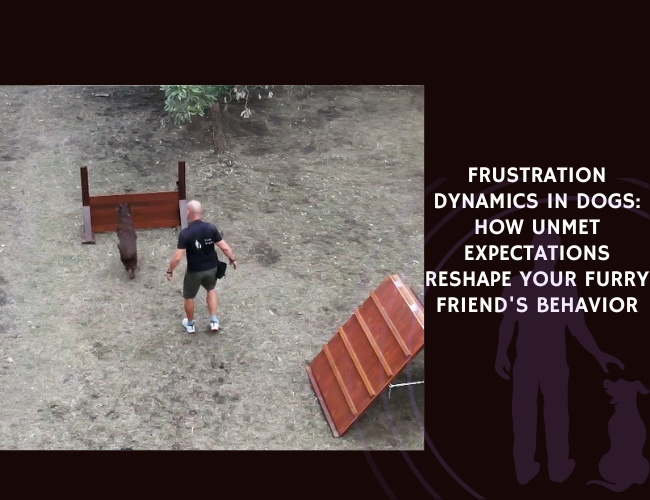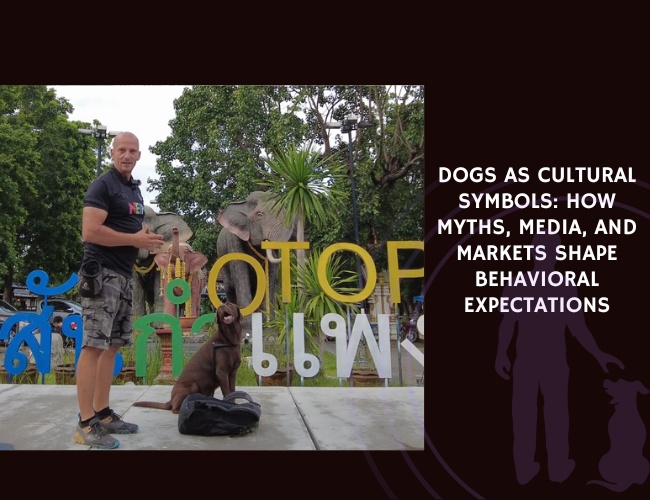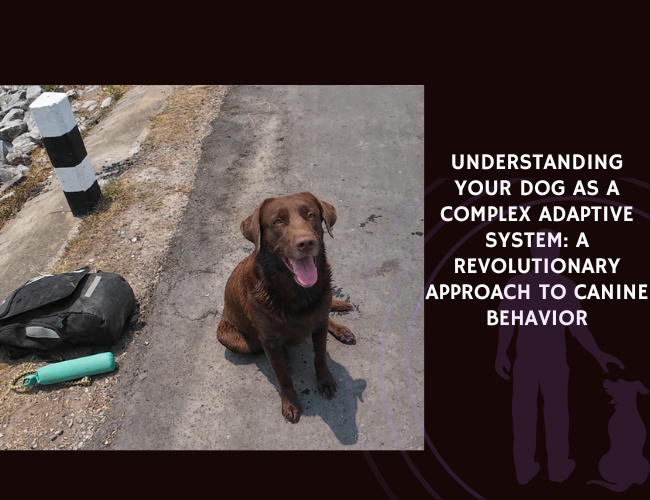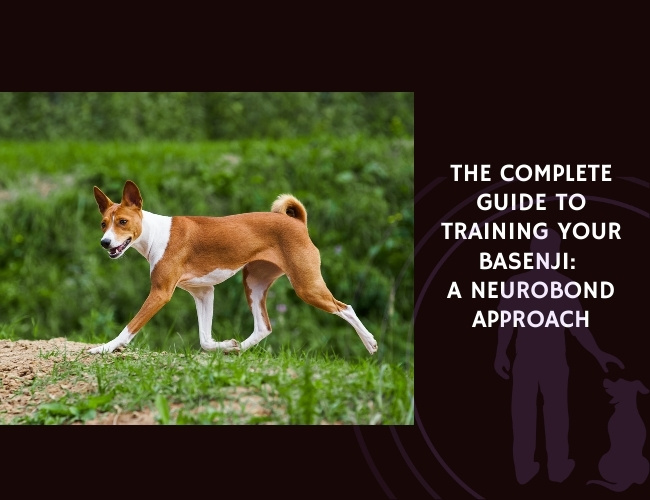Introduction: Meeting Madagascar’s Cotton Cloud
Picture a small, fluffy cloud that follows you from room to room, eyes sparkling with mischief and affection. That’s the Coton de Tulear – a breed whose very name tells a story of softness and exotic origins. Named for their cotton-like coat and the Madagascan port city of Tulear, these enchanting companions have captured hearts far beyond their island homeland.
Did you know that Cotons were once the exclusive companions of Madagascar’s nobility? Today, they’re bringing that same royal devotion to families worldwide. Their journey from tropical island treasure to beloved household companion is as remarkable as their personality. Let us guide you through everything you need to know about these extraordinary little dogs who seem to float rather than walk, and whose greatest joy is making you smile. 🐾
Character & Behavior: Understanding Your Coton’s Unique Personality
The Velcro Dog Phenomenon
Your Coton de Tulear isn’t just attached to you – they’re practically velcroed to your life. This breed exhibits what behavioral scientists call “hypersocial attachment,” a trait that goes beyond typical canine companionship. You might notice your Coton following you to the bathroom, positioning themselves to maintain visual contact while you work, or even attempting to “help” with household tasks.
Key attachment behaviors include:
- Shadow following (maintaining 3-6 feet proximity)
- Anticipatory positioning (moving to where they predict you’ll go)
- Contact seeking during rest periods
- Distress when visual barriers are present
This intense bonding stems from their amygdala sensitivity – the part of the brain that processes emotional connections. Your Coton’s brain literally lights up differently when you’re near, creating a neurochemical reward system that reinforces their desire for proximity.
The Clown in Cotton Clothing
Beyond their velcro tendencies, Cotons are natural entertainers. Their play behavior shows remarkable creativity and what ethologists call “intentional humor seeking.” You’ll notice your Coton developing signature moves – perhaps a particular head tilt, a spinning dance, or what many owners affectionately call the “Coton bounce.”
These behaviors aren’t random; they’re carefully calibrated to your reactions. Studies on canine cognition suggest that breeds like the Coton actively monitor human facial expressions and adjust their behavior to maximize positive responses. When your Coton does that silly walk that makes you laugh? They’re filing that away as a successful social strategy.
Emotional Intelligence & Sensitivity
The Coton’s emotional radar is exceptionally fine-tuned. They demonstrate what researchers call “emotional contagion” – the ability to mirror and respond to human emotional states. This means your mood directly influences your Coton’s behavior and wellbeing.
Signs of emotional mirroring:
- Subdued behavior during your stressful periods
- Increased playfulness when you’re happy
- Comfort-seeking behaviors when you’re sad
- Alertness to voice tone changes
This sensitivity extends to their environment. Cotons may show stress indicators like excessive grooming, appetite changes, or altered sleep patterns in response to household tension. Understanding this connection helps you provide the stable, positive environment they need to thrive. 🧡
Vocalization & Communication: How Your Coton ‘Talks’
The Coton Dictionary
Unlike some small breeds known for excessive barking, Cotons have developed a nuanced vocal repertoire. Their communication style reflects their Madagascan heritage – where survival depended more on subtle signals than loud warnings.
Common Coton vocalizations:
- The Welcome Warble: A distinctive throaty greeting sound, almost purr-like
- The Play Growl: A higher-pitched, rhythmic vocalization during games
- The Alert Bark: Sharp, staccato barks reserved for genuine concerns
- The Comfort Mumble: Soft, almost conversational sounds during cuddle time
Each Coton develops their own “vocabulary” based on what generates responses from their family. You might find your dog “talking back” during conversations or offering commentary on daily activities.
Body Language Mastery
Cotons are masters of non-verbal communication. Their expressive faces and mobile ears create a rich tapestry of signals that attentive owners learn to read like a book.
Key body language indicators:
- The Coton Wiggle: Full-body oscillation indicating extreme happiness
- The Paw Touch: Gentle paw placement seeking attention or offering comfort
- The Head Tilt Symphony: Varying degrees of head tilting to show interest, confusion, or manipulation (yes, they know it’s cute)
- The Belly Display: Ultimate trust indicator, often accompanied by the “dead bug” position
Understanding these signals strengthens your bond and helps you respond appropriately to your Coton’s needs. Next, we’ll explore how this communication foundation supports effective training.
Training & Education: Nurturing Your Coton’s Brilliant Mind
Cognitive Capabilities
Your Coton’s brain is a fascinating blend of intelligence and selective application. They possess what researchers term “contextual intelligence” – the ability to learn complex behaviors quickly when motivated, while seemingly “forgetting” commands that don’t align with their interests.
This isn’t stubbornness; it’s strategic thinking. Cotons excel at:
- Problem-solving tasks: Especially those involving accessing rewards or reaching you
- Social learning: Mimicking behaviors of other pets or humans
- Emotional manipulation: Yes, they learn exactly which expressions get treats
- Routine recognition: Anticipating daily patterns with remarkable accuracy
Positive Reinforcement Strategies
Traditional dominance-based training fails spectacularly with Cotons. Their sensitive nature and strong attachment to approval means harsh corrections can damage both learning and your relationship. Instead, embrace what behaviorists call “errorless learning” – setting up situations for success rather than correcting failures.
Effective training approaches:
- Marker training: Using precise timing to capture desired behaviors
- Shaping: Breaking complex behaviors into tiny, achievable steps
- Environmental management: Preventing unwanted behaviors through setup
- Choice-based training: Allowing your Coton to participate in decision-making
Remember, your Coton’s currency isn’t just food. Many respond more enthusiastically to play rewards, praise, or simply the opportunity to be closer to you.
House Training Considerations
House training a Coton requires understanding their unique challenges. Their small bladder capacity, combined with their desire to please but difficulty generalizing locations, means consistency is crucial.
Success strategies include:
- Surface preference training (teaching appropriate substrates)
- Weather desensitization (many Cotons dislike wet grass)
- Scheduled outings based on metabolic timing
- Positive marking of successful eliminations
Some Cotons benefit from indoor options like grass patches or litter boxes, especially in harsh climates. There’s no shame in adapting to your dog’s needs – what matters is finding a system that works for your household. 🐾

Performance & Activities: Enriching Your Coton’s World
Mental Stimulation Needs
Despite their lap dog reputation, Cotons have active minds that require regular engagement. Without adequate mental stimulation, you might notice unwanted behaviors like excessive grooming, destructive chewing, or attention-seeking antics.
- Nose work games: Hide treats or toys around the house
- Puzzle feeders: Varying difficulty levels to maintain interest
- Training new tricks: Cotons can learn dozens of commands and love showing off
- Interactive toys: Especially those that dispense rewards unpredictably
The key is variety. Cotons quickly master repetitive tasks and lose interest, so rotating activities keeps their minds sharp and engaged.
Physical Exercise Requirements
Your Coton’s exercise needs are modest but important. They’re not marathon runners, but they do need regular movement for physical and mental health. The beauty of Coton exercise is its flexibility – they’re equally happy with indoor or outdoor activities.
Exercise options include:
- Indoor agility: Set up tunnels, jumps, and weave poles in your living room
- Hide and seek: Combines mental and physical activity
- Fetch variations: Try different objects to maintain interest
- Dance sessions: Many Cotons love “dancing” with their owners
Remember, exercise isn’t just about physical tiredness. For Cotons, the social component is equally important. Solo activities rarely satisfy them the way interactive play does.
Social Enrichment
Given their hypersocial nature, Cotons benefit enormously from varied social experiences. This doesn’t mean overwhelming them with constant interaction, but rather providing quality social opportunities that respect their sensitivity.
Social enrichment ideas:
- Supervised playdates with gentle dogs
- Visiting pet-friendly stores (start with quiet times)
- Training classes focused on fun rather than competition
- “Coton meetups” with other breed enthusiasts
Watch for signs of social fatigue – even social butterflies need downtime. Your Coton will let you know when they’ve had enough through subtle cues like seeking your lap or showing decreased interest in play.
Nutritional Recommendations: Feeding Your Cotton Cloud
Metabolic Considerations
Cotons have unique metabolic needs that differ from other small breeds. Their relatively low activity level combined with their food-motivated nature creates a perfect storm for weight gain. Even a pound of excess weight on a 12-pound Coton represents significant strain on their joints and organs.
- Caloric density: Choose foods with moderate calorie content
- Protein quality: Look for easily digestible proteins like fish or lamb
- Fat content: Essential for coat health but must be balanced
- Micronutrients: Especially important for dental and bone health
Your Coton’s ideal weight should allow you to feel their ribs with gentle pressure but not see them prominently. The “hourglass” shape when viewed from above is your visual guide.
Coat Health Nutrition
That glorious cotton-like coat requires nutritional support from the inside out. Deficiencies in certain nutrients quickly manifest as coat changes – dullness, increased matting, or texture changes signal dietary adjustments may be needed.
Coat-supporting nutrients:
- Omega-3 fatty acids: From fish oil or algae sources
- Biotin: Essential for hair growth and texture
- Zinc: Prevents coat and skin issues
- Vitamin E: Antioxidant protection for skin health
Many Cotons benefit from supplements, especially as they age. However, always consult with your veterinarian before adding supplements, as excess can be as problematic as deficiency.
Digestive Sensitivities
Cotons often have sensitive digestive systems, possibly related to their breed development in Madagascar’s unique environment. You might notice your Coton developing food intolerances or allergies, particularly to common proteins like chicken or beef.
Signs of digestive issues:
- Chronic soft stools or diarrhea
- Excessive gas or bloating
- Vomiting, especially bile in the morning
- Skin irritation or ear infections (often allergy-related)
Consider keeping a food diary to identify triggers. Many Cotons thrive on limited ingredient diets or novel protein sources. The transition to new foods should always be gradual – their sensitive systems need time to adjust.
Feeding Strategies
How you feed matters as much as what you feed. Cotons benefit from structured feeding routines that prevent both obesity and hypoglycemia (low blood sugar), which small breeds are prone to experiencing.
Optimal feeding approaches:
- Measured portions: Use a scale rather than cups for accuracy
- Multiple small meals: 2-3 meals prevent blood sugar drops
- Puzzle feeders: Slow eating and provide mental stimulation
- Consistent timing: Helps regulate digestion and elimination
Avoid free-feeding, as Cotons will often overeat when given unlimited access. Their pleading eyes are powerful, but maintaining proper weight is one of the best gifts you can give your companion. 🧡
Soft. Smart. Devoted.
The Coton de Tulear was born to bond.
These Madagascan companions don’t just live with you—they follow, watch, and mirror you with unwavering emotional presence. Their hypersocial nature forms deep, lasting attachments that feel more human than canine.
Behind the fluff lies brilliance.
Often underestimated due to their cloud-like coat, Cotons excel in contextual learning, emotional awareness, and adaptive problem-solving. They’re not stubborn—they’re strategic, choosing actions that yield the greatest joy and connection.
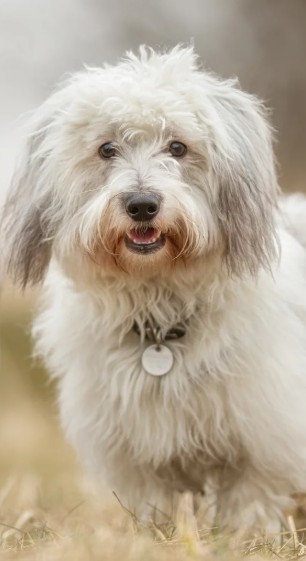
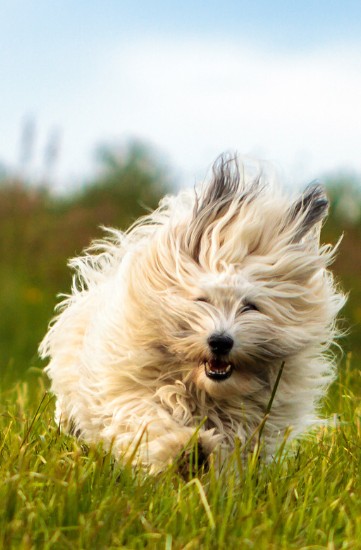
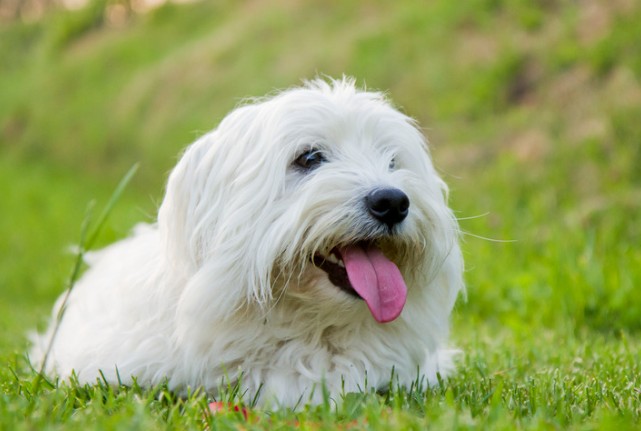
True care means total commitment.
From grooming rituals to emotional regulation, Cotons require consistent presence and mindful engagement. When you meet their needs with patience and love, they reward you with laughter, loyalty, and a bond that feels like destiny.
Health Concerns: Protecting Your Coton’s Wellbeing
Orthopedic Vulnerabilities
Like many small breeds, Cotons face specific orthopedic challenges. Patellar luxation – where the kneecap dislocates from its normal position – affects many Cotons to varying degrees. This condition has both genetic and environmental components.
Early warning signs include:
- Intermittent limping or “skipping” gait
- Reluctance to jump or climb stairs
- Sitting with one leg extended
- Yelping during certain movements
Early intervention is crucial. Physical therapy, weight management, and in some cases surgery can dramatically improve quality of life. Many Cotons with mild luxation live normal, active lives with proper management.
Ocular Health
Progressive retinal atrophy (PRA) is a hereditary condition affecting some Coton lines. This gradual deterioration of the retina can lead to vision loss, typically beginning with night blindness and progressing to complete blindness.
Monitoring for PRA includes watching for:
- Hesitation in dim lighting
- Bumping into furniture after rearrangement
- Reluctance to navigate stairs in low light
- Changes in eye appearance or pupil response
While PRA has no cure, early detection helps you adapt your home environment. Blind Cotons can live full, happy lives with consistent furniture placement and verbal cues. Regular ophthalmologic exams catch issues early.
Dental Challenges
The Coton’s slightly shortened jaw creates a perfect environment for dental disease. Crowded teeth trap food and bacteria, leading to gingivitis, periodontal disease, and potential systemic health issues.
Preventive dental care includes:
- Daily brushing (start young for best acceptance)
- Dental chews appropriate for small mouths
- Professional cleanings as recommended
- Water additives for additional protection
Don’t underestimate dental health’s impact. Bacteria from diseased gums can affect heart, kidney, and liver function. That sweet Coton breath should stay sweet with proper care.
Skin & Allergy Management
Many Cotons develop allergic dermatitis, manifesting as itching, redness, or recurrent ear infections. Triggers range from environmental allergens like pollen to food proteins or grooming products.
Managing skin sensitivities:
- Use hypoallergenic grooming products
- Maintain regular bathing schedules (not too frequent)
- Consider air purifiers during allergy season
- Work with your vet on elimination diets if needed
Remember, excessive scratching can damage that beautiful coat and create secondary infections. Address itching promptly rather than hoping it resolves independently.
Metabolic Concerns
Liver shunts (portosystemic shunts) occasionally affect Cotons. These abnormal blood vessels bypass the liver, preventing proper toxin filtration. Early signs might be subtle – slower growth, intermittent lethargy, or unusual behaviors after eating.
Warning signs requiring veterinary attention:
- Circling or head pressing
- Seizures or tremors
- Excessive drooling
- Poor growth despite good appetite
Early diagnosis through blood work and imaging allows for treatment options ranging from dietary management to surgical correction. Many affected Cotons lead normal lives with proper treatment. Next, we’ll explore how to create the ideal living environment for your Coton companion.

Lifestyle & Environment: Creating Your Coton’s Perfect World
Adaptation Abilities
Your Coton’s adaptability is remarkable – they’re equally content in a studio apartment or sprawling estate. What matters isn’t square footage but the quality of their environment and, most importantly, their access to you.
Cotons adjust well to various living situations because their world revolves around their people rather than their surroundings. However, certain environmental factors significantly impact their wellbeing:
Environmental preferences:
- Temperature control: Their single coat provides minimal insulation
- Quiet spaces: For retreat during overstimulation
- Elevated perches: Many Cotons love surveying their domain
- Soft surfaces: For their comfort-seeking nature
Urban Cotons often thrive with window perches for entertainment, while suburban Cotons might enjoy secure outdoor spaces. The key is observing your individual dog’s preferences and accommodating them.
Travel Considerations
Cotons generally make excellent travel companions, though their initial adjustment period varies. Their small size and adaptable nature mean they can accompany you on many adventures, from road trips to air travel.
Travel success tips:
- Start with short trips to build positive associations
- Maintain routine elements (same food, bedding, toys)
- Use calming aids if needed (pheromone sprays, anxiety wraps)
- Never leave them alone in new environments initially
Many Cotons develop into seasoned travelers who anticipate trips with excitement. Their main concern is being with you – the destination is secondary.
Multi-Pet Households
Despite their intense human bonding, Cotons often excel in multi-pet homes. Their non-confrontational nature and playful disposition make them excellent companions for other dogs, cats, and even smaller pets like rabbits.
Integration strategies:
- Gradual introductions in neutral territory
- Supervised interactions until relationships establish
- Separate resources initially (food, toys, beds)
- Watch for resource guarding behaviors
Most Cotons form deep friendships with other household pets, often becoming inseparable playmates. These relationships provide valuable social enrichment, especially during your absences.
Creating Coton-Friendly Spaces
Your home setup can significantly impact your Coton’s daily happiness. Small modifications create an environment that supports their physical and emotional needs:
Home modifications to consider:
- Ramps or steps: For safe furniture access
- Designated quiet zones: For overstimulation retreat
- Interactive toy stations: Rotated for continued interest
- Window perches: For environmental enrichment
Remember, Cotons are ingenious problem-solvers. Ensure your modifications are safe and secure – they’ll find creative ways to access anything interesting! 🐾
Senior Care: Supporting Your Aging Cotton Cloud
Age-Related Changes
As your Coton enters their senior years (typically around 10-12 years), you’ll notice subtle shifts in behavior and needs. These changes reflect normal aging processes but require adjustments to maintain quality of life.
Common senior Coton changes:
- Increased vocalization: Often related to cognitive changes or hearing loss
- Sleep pattern alterations: More frequent naps, potential night waking
- Decreased tolerance: For disruption, noise, or extended activity
- Sensory changes: Reduced vision, hearing affecting navigation
Understanding these changes helps you provide appropriate support without overreacting to normal aging processes.
Cognitive Support
Canine cognitive dysfunction (similar to human dementia) can affect senior Cotons. Early intervention with mental stimulation and appropriate supplements can slow progression and maintain quality of life.
Cognitive support strategies:
- Novel experiences: New (gentle) activities stimulate neural pathways
- Puzzle feeders: Adjusted for physical limitations
- Consistent routines: Reduce anxiety from confusion
- Environmental enrichment: Rotating toys, scents, textures
Supplements containing medium-chain triglycerides (MCTs), antioxidants, and omega-3 fatty acids show promise in supporting cognitive function. Discuss options with your veterinarian.
Physical Comfort Measures
Aging Cotons often develop arthritis or general stiffness. Their small size means even minor discomfort significantly impacts mobility and quality of life.
Comfort enhancements include:
- Orthopedic bedding with easy access
- Raised food/water bowls reducing neck strain
- Non-slip surfaces on smooth floors
- Gentle massage and range-of-motion exercises
Many senior Cotons benefit from supplements like glucosamine, chondroitin, and fish oil. Some respond well to alternative therapies like acupuncture or laser therapy.
Nutritional Adjustments
Senior Cotons have different nutritional needs than their younger counterparts. Reduced activity levels mean fewer calories, while aging organs benefit from specific nutritional support.
- Reduced caloric density: Prevent obesity on decreased activity
- High-quality protein: Maintain muscle mass
- Added fiber: Support digestive health
- Specialized supplements: For joint, cognitive, and organ support
Some seniors develop pickier appetites. Warming food, adding low-sodium broth, or hand-feeding can encourage eating. The goal is maintaining healthy weight and nutritional status.
Quality of Life Considerations
As your Coton ages, regularly assess their quality of life. Their strong bond with you means they’ll often hide discomfort to stay close. Watch for subtle signs like reluctance to play, changes in greeting behaviors, or altered facial expressions.
Creating a “senior bucket list” of gentle, enjoyable activities ensures their golden years remain golden. Whether it’s car rides, visiting favorite people, or simply extra cuddle time, prioritize what brings them joy.
Remember, senior Cotons often give us their best years. They’ve mastered the art of being your companion and deserve our most thoughtful, compassionate care in return. 🧡
Grooming & Coat Care: Maintaining That Signature Fluff
Understanding the Cotton Coat
The Coton’s signature coat isn’t just beautiful – it’s a complex structure requiring specific care. Unlike double-coated breeds, Cotons have a single coat of hair (not fur) that grows continuously. This means less shedding but more maintenance needs.
- Texture variations: From silky to more cotton-like
- Growth patterns: Continuous growth requiring regular trimming
- Matting tendency: Especially in friction areas
- Seasonal changes: Minimal but texture may vary
Understanding your individual Coton’s coat type helps tailor your grooming approach. Some have easier-care coats requiring less frequent brushing, while others mat if you look at them wrong!
Daily Maintenance Routines
Preventing mats is far easier than removing them. Daily brushing might seem excessive, but it’s actually a bonding opportunity your Coton will learn to love.
Effective brushing technique:
- Start with a metal comb to detect hidden mats
- Use a slicker brush for general brushing
- Pay special attention to armpits, behind ears, and leg furnishings
- Always brush to the skin, not just surface hair
Make brushing positive with treats, praise, and gentle handling. Many Cotons learn to present different body parts for brushing – a charming display of cooperation!
Professional Grooming Considerations
While you can maintain your Coton’s coat at home, professional grooming every 4-6 weeks helps maintain coat health and appearance. Choose a groomer experienced with Coton coats – not all groomers understand this unique texture.
What to discuss with your groomer:
- Desired length (many owners prefer the “puppy cut”)
- Mat prevention strategies
- Gentle handling requirements
- Any skin sensitivities or behavioral concerns
A good groomer becomes part of your Coton’s care team, noticing skin changes, lumps, or other concerns during regular appointments.
Bathing Best Practices
Cotons typically need bathing every 3-4 weeks, though this varies with lifestyle and coat type. Over-bathing strips natural oils, leading to skin irritation and coat damage.
Bathing protocol:
- Thoroughly brush before bathing (wet mats tighten)
- Use lukewarm water and gentle, dog-specific shampoo
- Condition to prevent tangling and maintain texture
- Dry completely – damp coats mat quickly
Some Cotons develop bathing anxiety. Positive associations through treats, calm handling, and gradual desensitization help create cooperative bathers.
Common Grooming Challenges
Even well-maintained Coton coats face challenges. Understanding common issues helps you address them promptly:
Typical problems and solutions:
- Tear staining: Daily cleaning, diet evaluation, filtered water
- Mat formation: Increased brushing frequency, strategic trimming
- Skin irritation: Grooming product evaluation, possible allergies
- Coat texture changes: Nutritional assessment, health check
Remember, grooming isn’t just about appearance. It’s health care, bonding time, and an opportunity to check for any physical changes. Your Coton’s coat tells a story about their overall health – learn to read it!
Conclusion: Is the Coton de Tulear Right for You?
The Perfect Coton Home
After exploring every aspect of Coton life, you might wonder if this cloud-like companion fits your lifestyle. The ideal Coton owner understands that they’re not just getting a pet – they’re gaining a velcro-backed shadow who’ll share every moment of their life.
You might be perfect for a Coton if you:
- Work from home or have flexible schedules
- Enjoy constant companionship (including bathroom visits!)
- Appreciate a dog who communicates through expressive behaviors
- Can commit to regular grooming without resentment
- Want a portable companion for life’s adventures
- Value emotional connection over independence
The Coton’s intense bonding makes them unsuitable for people who travel frequently without their pets or work long hours away from home. Their separation sensitivity isn’t something you can “train out” – it’s fundamental to who they are.
Living with a Cotton Cloud
Life with a Coton means accepting certain realities. Your personal space becomes shared space. Your emotions become their emotions. Your daily routine includes multiple grooming sessions, creative play times, and countless moments of pure affection.
But here’s what you get in return: a companion whose entire world revolves around making you happy. A dog who celebrates your return home like you’ve been gone for years (even if it’s been five minutes). A friend who reads your moods better than most humans and adjusts their behavior accordingly.
The Coton Promise
Every Coton makes an unspoken promise to their person: “I will love you with every fiber of my cotton-soft being. I will make you laugh when you’re sad, comfort you when you’re stressed, and share in all your joys. I will follow you everywhere, watch you always, and never let you feel alone.”
In return, they ask for your patience with their grooming needs, understanding of their sensitivity, and acceptance of their need for closeness. They ask you to see their following behavior not as neediness but as devotion. They ask you to appreciate their clownish antics as gifts of joy created just for you.
Have you fallen in love with the Coton de Tulear? Share your Coton stories or questions in the comments below. For more in-depth guides on small companion breeds, explore our other articles on dogs who live to love.

